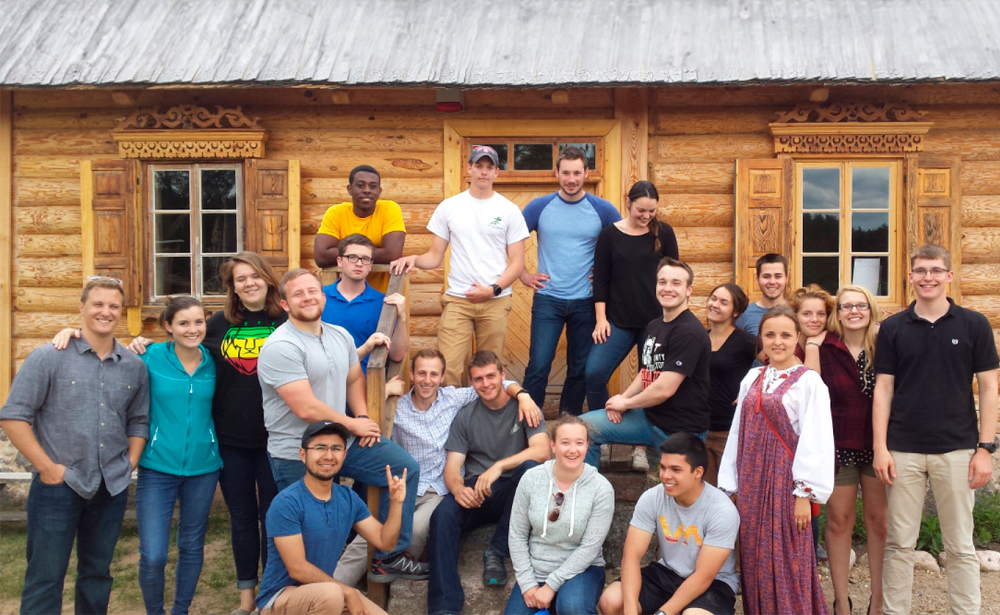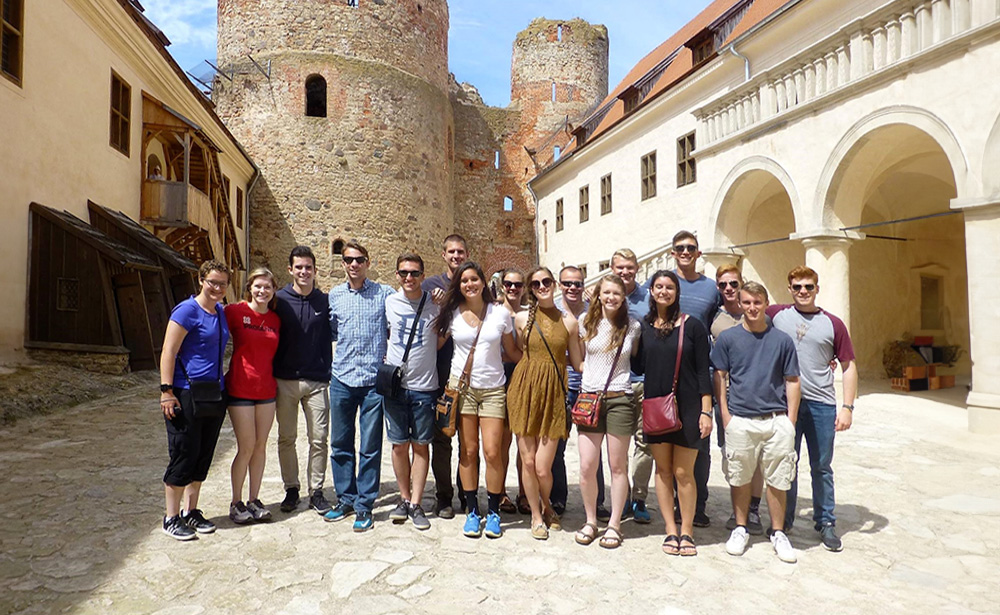A Traditional Russian Souvenir – Matryoshka
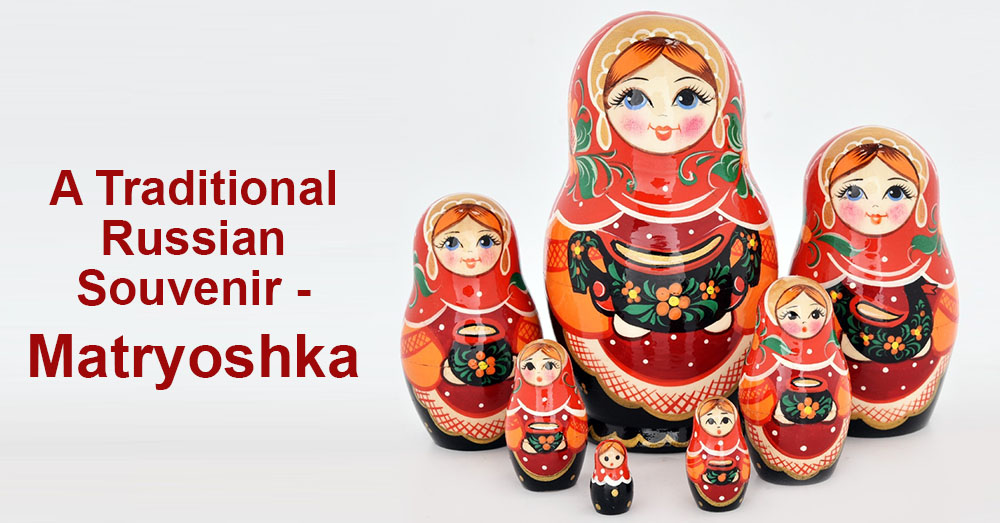
Matryoshka is a traditional Russian souvenir and the most popular doll which appeared in Russia in 1890. Originally, Matryoshka was created as a toy for children. However, later many people noticed the features of the Russian national character in it, and it became one of the symbols of Russian folk art and traditional culture.
The history of creation
A detachable Japanese figure of the Buddhist god Fukurokuju, in which, like in the Russian Matryoshka, there were several figures of different sizes, became the prototype of the Matryoshka doll. A woodworker Vasily Zvyozdochkin and a painter Sergey Malyutin were the first creators of the Russian Matryoshka which consisted of eight dolls.
History of the name
A Russian wooden doll which wears a sarafan and an apron was called “Matryona”, as in Russian before 1917 this name was rather popular and it associated with a mother of a large family. Later it was nicknamed – Matryoshka. It also represents the image of the Russian beauty who is famous in numerous Russian fairytales and songs.
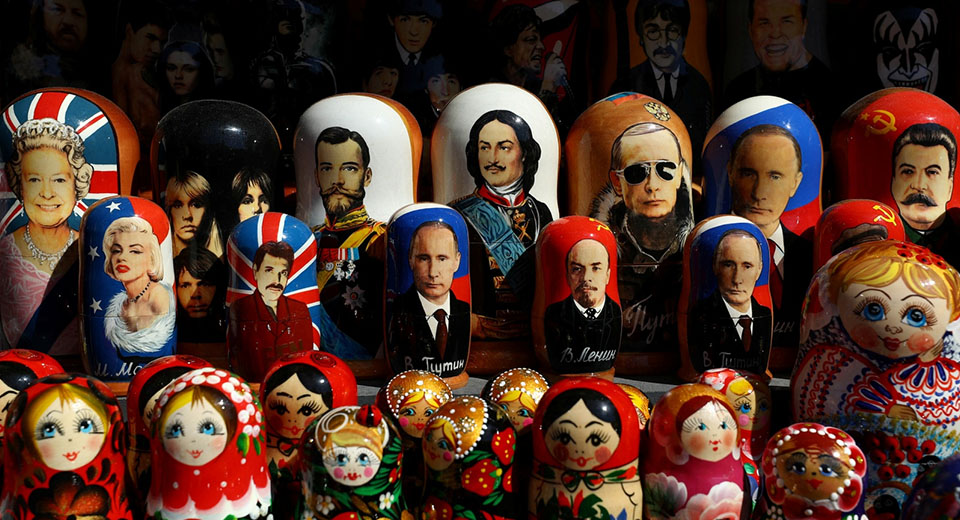
The symbolic meaning of the doll is motherhood and fertility.
How Russian Matryoshka is made?
The process of making the dolls is quite complex and it requires a lot of professionalism. The wood which will be used to carve the future doll should be soft. Mainly linden (very rarely birch, alder, or aspen) is used to make a doll. Bars are usually prepared in the winter or early spring. Then the bark is removed, but not completely, so to prevent the wood from cracking in the process of drying.
Then the ready wood is piled and leave to dry for several years. The wood is processed when it gets rather dry. As a result, each work piece undergoes a large number of operations.
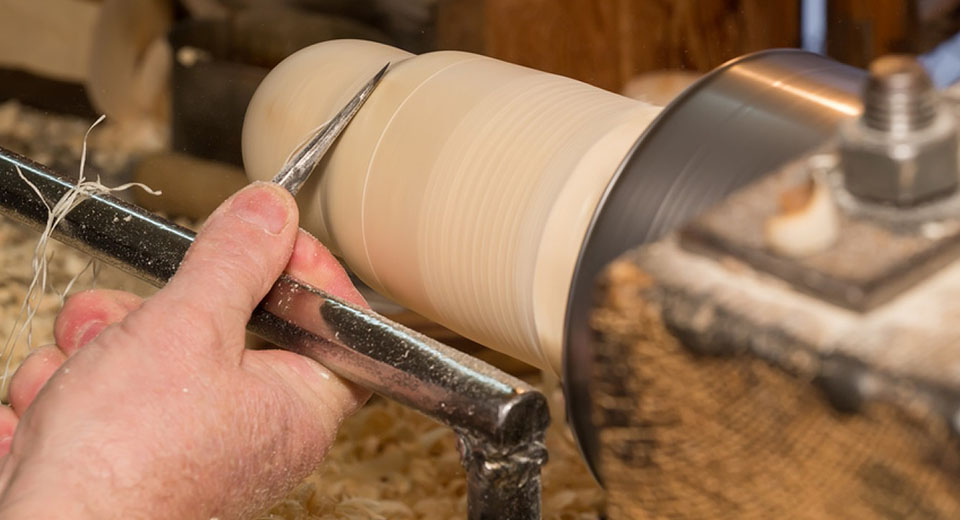
First, the smallest and non-separable doll is made. This is necessary in order to determine the size of the second doll in which it will be placed. After measuring the height of the second doll, it is cut into the upper and lower parts. The wood is removed from inside both parts, so that the first doll tightly gets inside the second one. After that, the same process is repeated with other dolls.
Nowadays, there are a lot of souvenirs with images of politicians, athletes, or other celebrities are made on the basis of the classic Matryoshka doll.
Painting of Matryoshka

Before being painted, finished Matryoshka dolls are primed, after that, they are varnished. In the 19th century gouache was used to paint these toys. Nowadays, besides gouaches, aniline dye, watercolor, or tempera are also used. First, the doll’s face and apron are painted, then the sarafan and the scarf.
Although Matryoshka looks like an old toy, it has always been a visual embodiment of time. Matryoshka, as a special form of folk art, has great potential. It does not only convey the history, but it also develops with time.
You may be interested
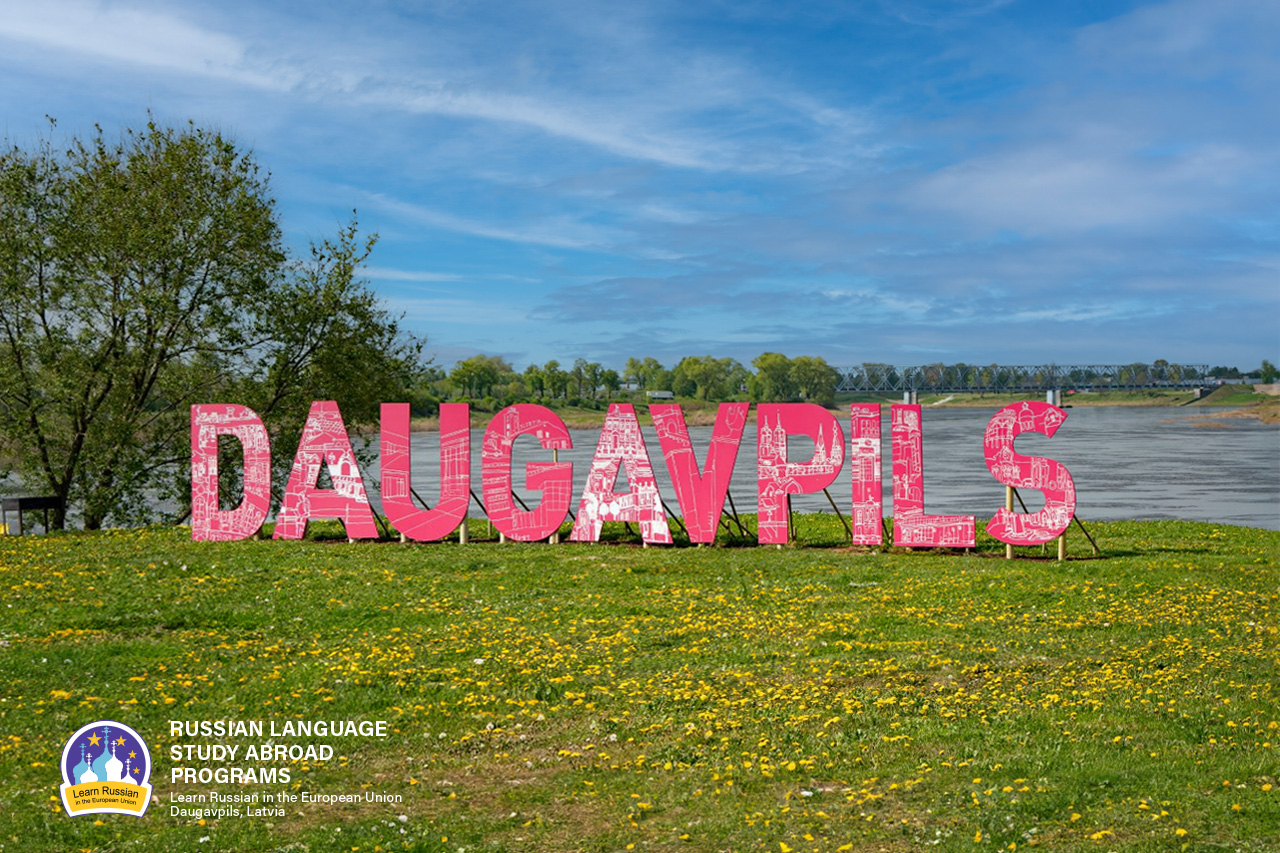
Why do people speak Russian in Daugavpils?
As it seems to us, Daugavpils is the best place to learn Russian now, because our city is situated in the EU and NATO, but at the same time 90% of the city’s population speak Russian at home.
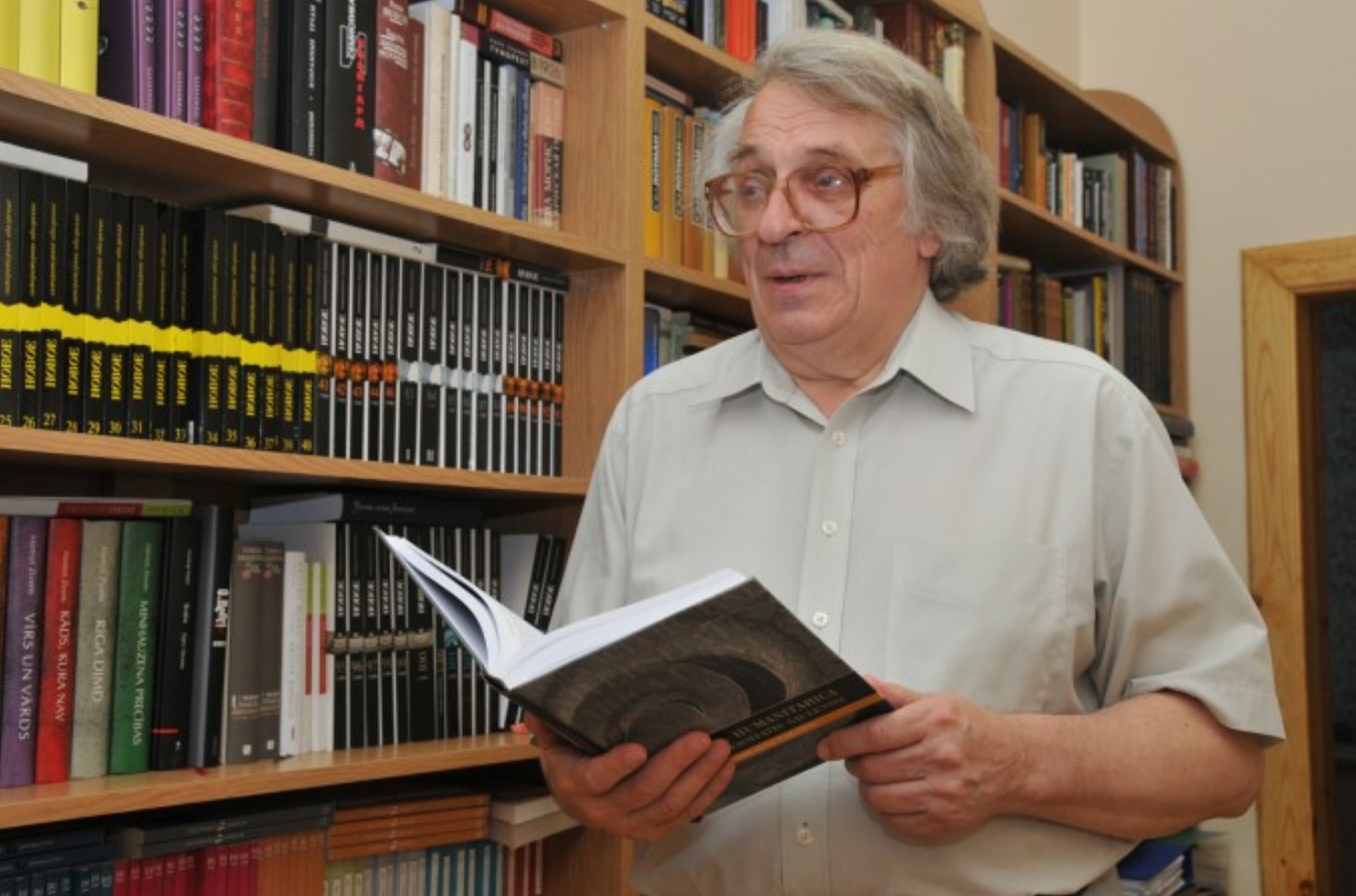
ЭТЮД О ДВИНСКЕ
Etude on Dvinsk by F.Fedorov
The Baltic region is one of the most catastrophe prone regions of the 2nd millennium, especially its second part; it is the centre of attraction of ‘geopolitical’ interests of the European world. Probably the most tragic fate has befallen to the eastern part of the present Latvia and its multi-titled town of Dinaburg – Dvinsk – Daugavpils. During its 730 years long history, the town went through five rather autonomous periods of development, five different lives (German, Polish, Russian, Latvian, Soviet), and at the beginning of the 1990s it entered into the 6th period.
The history of Dinaburg – Dvinsk – Daugavpils is the history of five attempts by the town to begin its life anew; and this is determined not only by the fact that the town was four times burned down and had to start life from scratch, but first and foremost because each of these periods was characterized by a total change of ethnos and the socio-cultural field.
The present article deals with the cultural space of the town in one of the most efficient periods of its development – from the 1860s till World War I.






